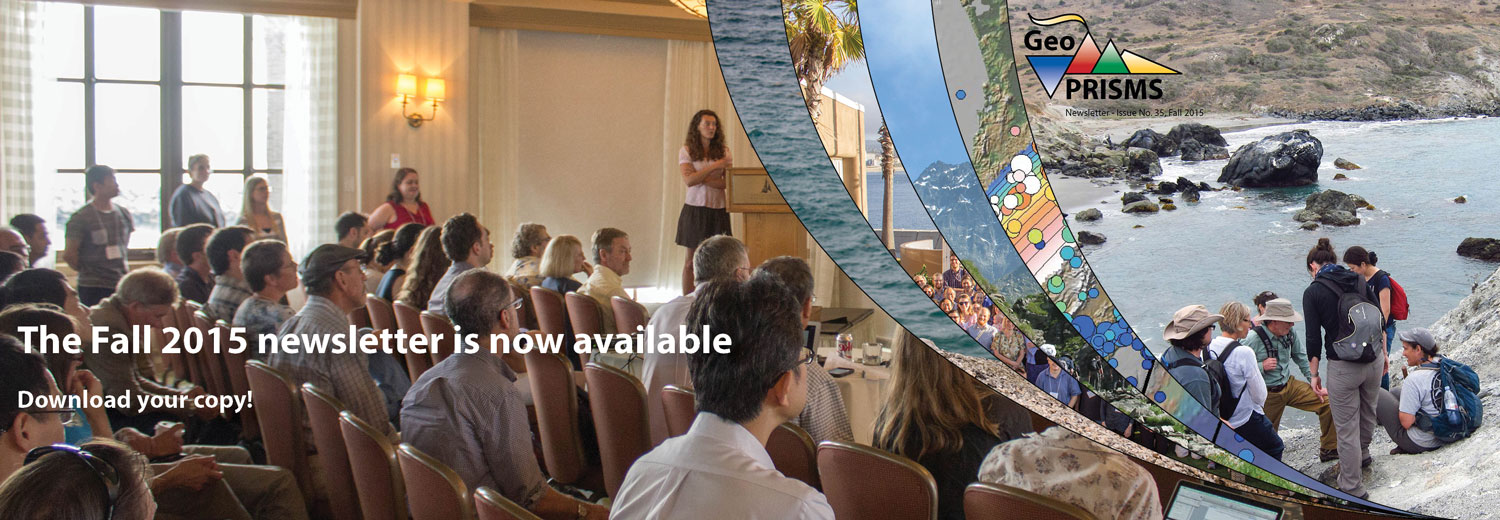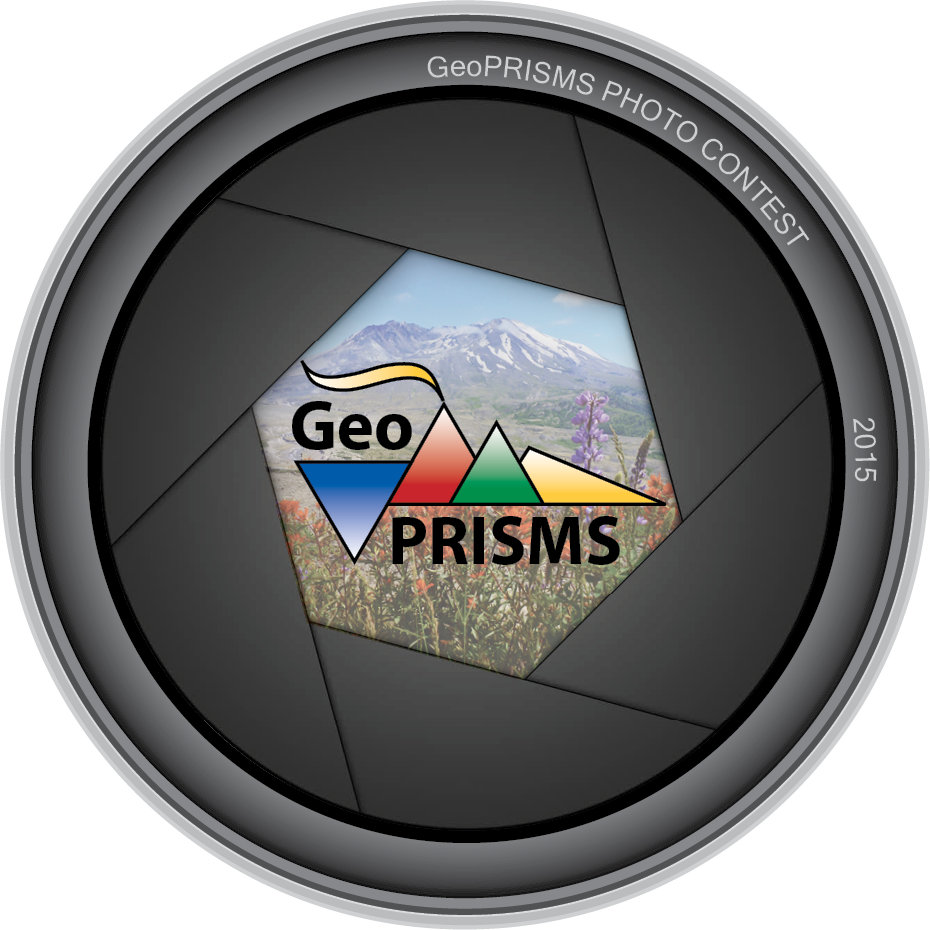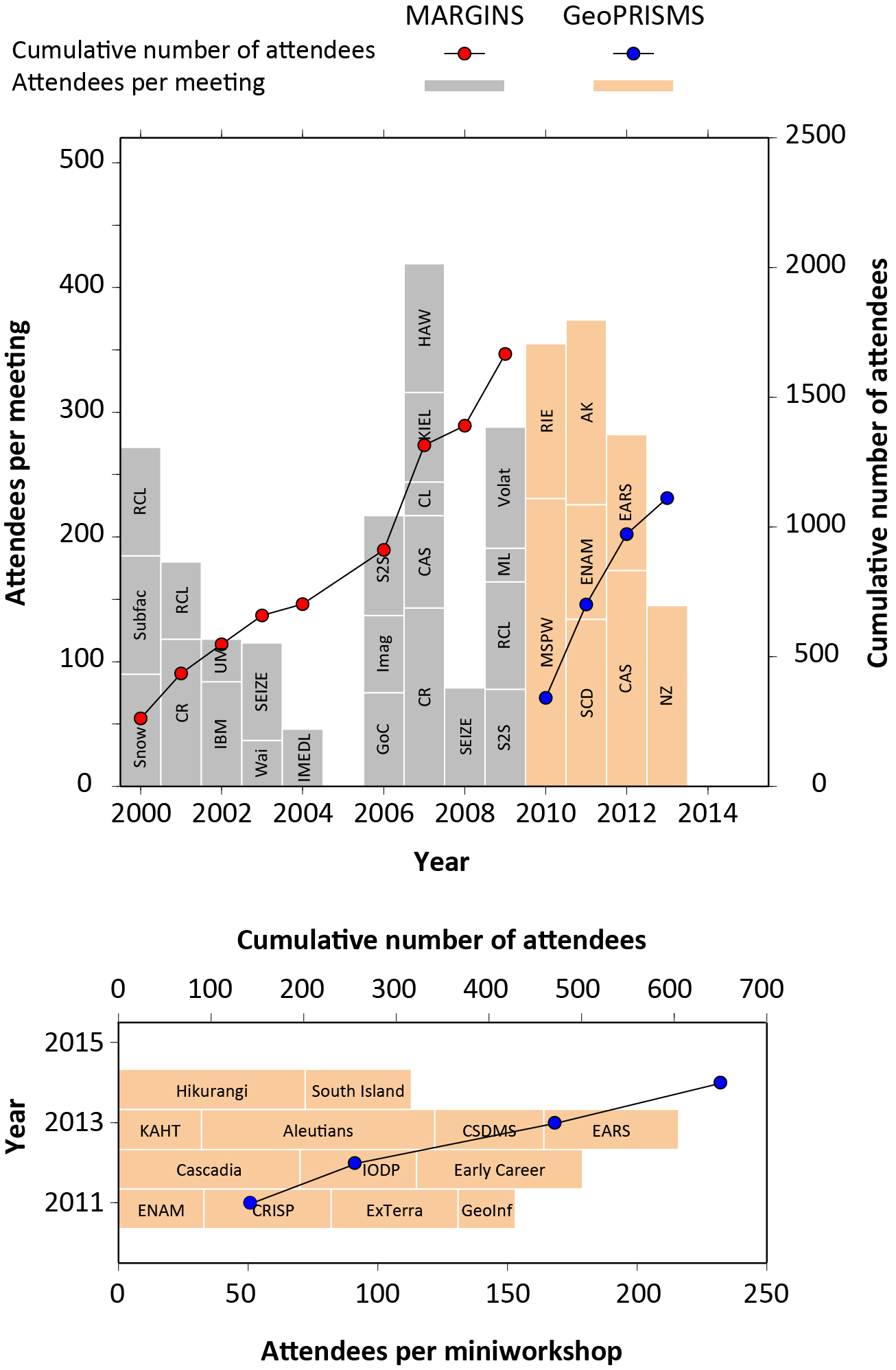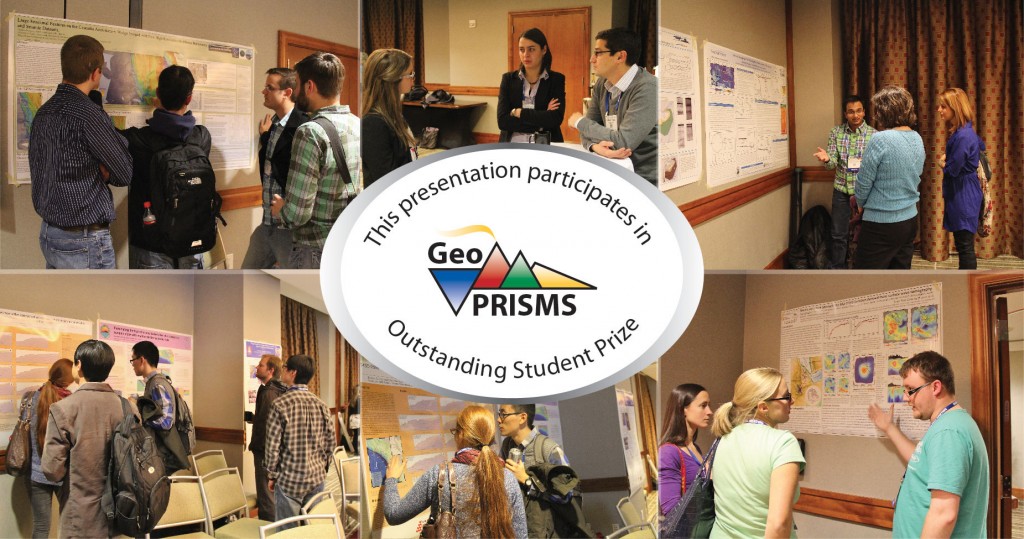1) PhD Structural geology and palinspastic reconstruction of the highly extended Death Valley terrain – New Mexico Tech
2) Tenure-track Assistant Professor Tectonics/Structural Geology – University of Maryland, Department of Geology
3) Tenure-track Tier 2 Canada Research Chair in Geophysics – The School of Earth and Ocean Sciences at the University of Victoria
4) 4 Assistant Professor Positions Foresight, Public Policy, Urban Analytics, and Urban Governance – University College London Department of Science, Technology, Engineering and Public Policy
———————————–
1) PhD Structural geology and palinspastic reconstruction of the highly extended Death Valley terrain – New Mexico Tech
We seek a motivated and broadly trained structural geologist for a position as Research Assistant in a four-year, multi-institutional, multidisciplinary project funded by the Integrated Earth Systems Program of NSF. M.S degree in-hand is preferred but exceptional candidates with B.S. only will be considered. Starting May or August, 2016
The successful applicant will be co-advised by Gary Axen and Fred Phillips at New Mexico Tech.
———————————–
2) Tenure-track Assistant Professor Tectonics/Structural Geology – University of Maryland, Department of Geology
The Department of Geology at the University of Maryland invites applications for a tenure-track assistant professor in Tectonics/Structural Geology, broadly defined. Possible research areas of interest include, but are not limited to: active tectonics and natural hazards, basin analysis, climate–tectonics interactions, crustal evolution, geodesy, microtectonics, orogenesis, planetary geology, and tectonophysics. The appointee will be expected to develop and maintain an active, externally funded research program that will involve both graduate and undergraduate students, and to participate fully in teaching at all levels, including structural geology. We particularly encourage applications from those who integrate across traditional disciplinary boundaries both within the Department of Geology (http://www.geology.umd.edu) and throughout the College of Computer, Mathematics, and Natural Sciences (http://www.cmns.umd.edu). Candidates from underrepresented groups are encouraged to apply.
A Ph.D. in Geology or a related discipline is required at the time of appointment. The appointment may begin as early as August 1, 2016. Applications should be submitted online at https://ejobs.umd.edu/postings/38617 and should include the following: a letter of application stating research and teaching goals; a complete CV; and contact information for three (3) professional references. Review of applications will begin in January 2016, and will be ongoing until the position is filled.
The University of Maryland, College Park, an equal opportunity/affirmative action employer, complies with all applicable federal and state laws and regulations regarding nondiscrimination and affirmative action; all qualified applicants will receive consideration for employment. The University is committed to a policy of equal opportunity for all persons and does not discriminate on the basis of race, color, religion, sex, national origin, physical or mental disability, protected veteran status, age, gender identity or expression, sexual orientation, creed, marital status, political affiliation, personal appearance, or on the basis of rights secured by the First Amendment, in all aspects of employment, educational programs and activities, and admissions.
———————————–
3) Tenure-track Tier 2 Canada Research Chair in Geophysics – The School of Earth and Ocean Sciences at the University of Victoria
The School of Earth and Ocean Sciences at the University of Victoria invites applications for a Tenure-track Assistant or Associate Professor Tier 2 Canada Research Chair in Geophysics with a focus on Earthquake Seismology and/or Geodynamics, to begin as early as January 2017. We seek applicants whose research is aimed at understanding the hazards, processes and dynamics of convergent margins, including the Cascadia subduction zone. The successful candidate will develop a vigorous, independent, externally-funded research program that complements existing strengths in the School. Excellent opportunities exist for collaborative and integrative research with scientists associated with Ocean Networks Canada and with the Geological Survey of Canada which runs programs in Earthquake Hazards, Geodynamics and Marine Geoscience, and operates the Canadian National Seismograph and GPS Networks. It is also expected that the candidate will supervise graduate students, teach undergraduate and graduate courses, and actively contribute to departmental initiatives. A PhD and post-doctoral experience or equivalent together with an exceptional record of research accomplishments/creativity and excellent teaching potential are required.
The successful applicant will be nominated by the University of Victoria for a Tier 2 Canada Research Chair and, upon approval of the Chair by the CRC Secretariat, the successful applicant will then be offered a tenure-track appointment at the rank of Assistant or Associate Professor at the University. Tier 2 Chairs are intended for exceptional emerging scholars who have been active researchers in their field for fewer than 10 years at the time of nomination. Applicants who are more than 10 years from receiving their highest degree, and where career breaks exist (such as maternity, parental or extended sick leave, clinical training), may have their eligibility for a Tier 2 Chair assessed through the program’s Tier 2 justification process. Please consult the Canada Research Chairs website (http://www.chairs-chaires.gc.ca) for full program information, including further details on eligibility criteria.
Applications, in a single pdf file, should include a letter of application, a detailed curriculum vitae, contact information (name, address, email) for three references, a two-page statement describing the applicant’s teaching experience and philosophy, and a two-page statement describing their current and future research interests/direction. Applications or requests for further information should be sent electronically to Dr. Stan Dosso, Acting Director, School of Earth and Ocean Sciences at seos@uvic.ca.Review of applications will begin on January 15, 2016, and will continue until a suitable candidate is identified. Information about the School of Earth and Ocean Sciences can be found at http://www.uvic.ca/science/seos/.
Faculty and Librarians at the University of Victoria are governed by the provisions of the Collective Agreement. Members are represented by the University of Victoria Faculty Association (http://www.uvicfa.ca). The University of Victoria is an equity employer and encourages applications from women, persons with disabilities, visible minorities, Aboriginal Peoples, people of all sexual orientations and genders, and others who may contribute to the further diversification of the University. All qualified candidates are encouraged to apply; however, in accordance with Canadian Immigration requirements, Canadians and permanent residents will be given priority.
———————————–
4) 4 Assistant Professor Positions Foresight, Public Policy, Urban Analytics, and Urban Governance – University College London Department of Science, Technology, Engineering and Public Policy
* Focus Area: Foresight
* Focus Area: Public Policy
* Focus Area: Urban Analytics
* Focus Area: Urban Governance
———————————–
Please note, new job announcements (usually) will be distributed to the GeoPRISMS Listserv on the 1st and 15th of each month.




